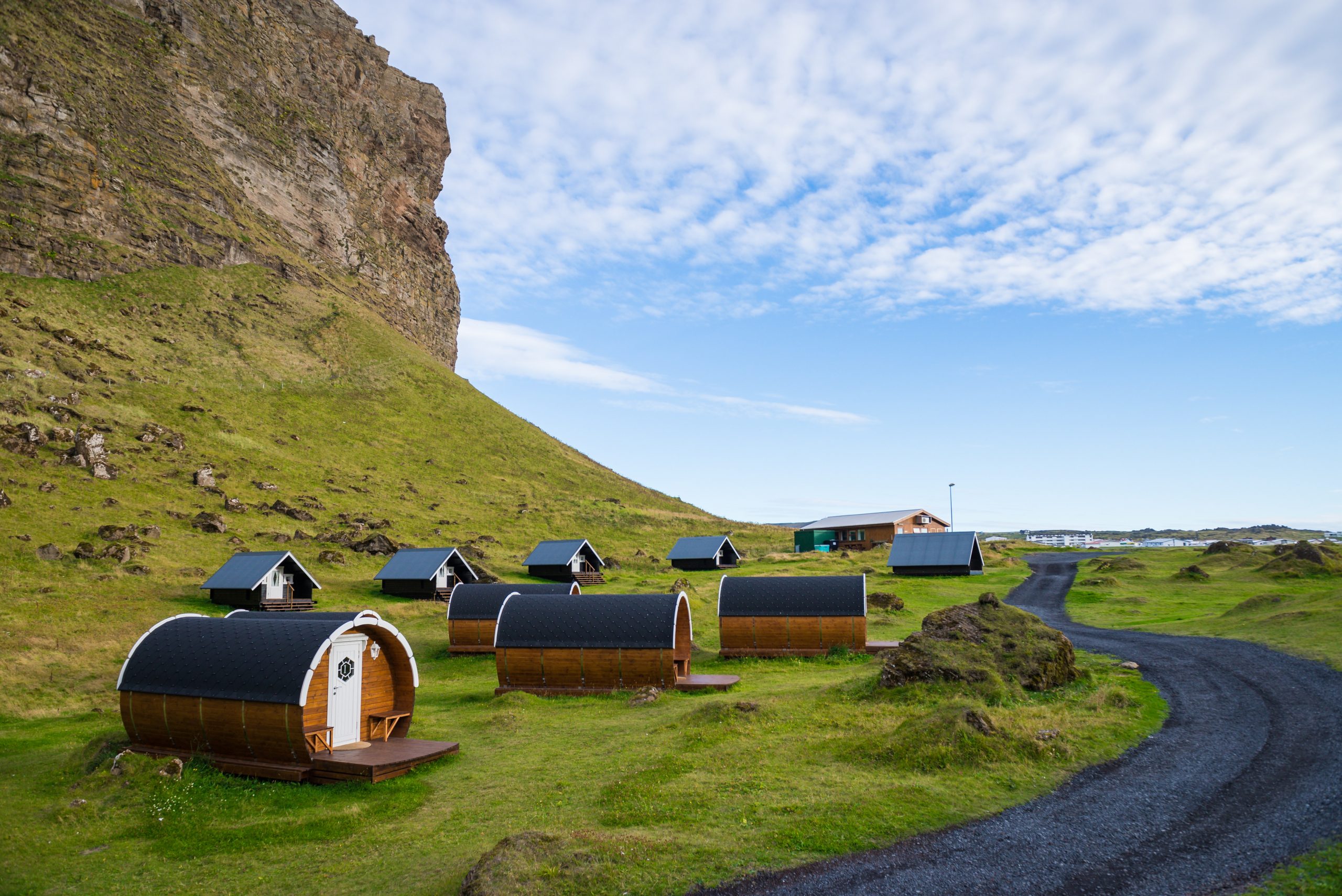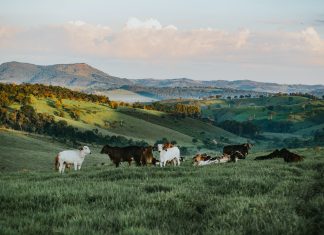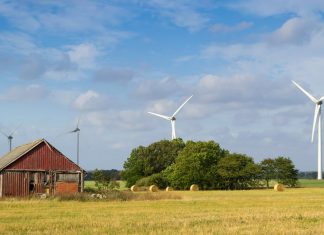The Rise of Tiny House Communities: A New Way of Living
Tiny house living has become increasingly popular in recent years, and with that, tiny house communities have begun to pop up all over the country. These communities offer a new way of living for those who are looking for a more sustainable and minimalist lifestyle.
One of the main benefits of tiny house communities is the sense of community and support that they provide. Living in a tiny house community means that you are surrounded by like-minded individuals who understand and support your lifestyle choices. This can be incredibly beneficial for those who are just starting out on their tiny house journey, as it can be a big adjustment to go from living in a traditional home to a tiny house.
Another benefit of tiny house communities is the shared resources that are often available. Many tiny house communities have shared gardens, workshops, and other resources that can be used by all members. This can help to reduce the cost of living and make it easier for residents to maintain their tiny houses.

Additionally, tiny house communities often have a strong focus on sustainability and reducing their environmental impact. Many tiny houses are built using eco-friendly materials and are powered by renewable energy sources. Living in a tiny house community can be a great way to learn more about sustainable living and make a positive impact on the environment.
Overall, tiny house communities are a new way of living that offers a sense of community, support, and shared resources. They can be a great choice for those who are looking to live a more sustainable and minimalist lifestyle.
“Cabin Communities: A New Take on Traditional Living”
Cabin living has been a popular lifestyle choice for many years, but cabin communities are a new take on traditional living. These communities offer a new way of living for those who are looking for a more sustainable and minimalist lifestyle.
One of the main benefits of cabin communities is the connection to nature. Being surrounded by natural beauty and the simplicity of the environment can be incredibly therapeutic and calming. Additionally, many cabin communities are located in remote, rural areas, which means they have a smaller environmental impact than homes in more urban areas.
Another benefit of cabin communities is the cost. Building a cabin is often less expensive than building a traditional home, and the cost of living in a cabin can be much lower. This is due to the smaller size of the home and the more self-sufficient lifestyle that is often associated with cabin living.
DISADVANTAGE OF TINY HOUSE AND CABIN
Tiny house and cabin communities are a relatively new concept in housing and offer a unique way of living that is different from the traditional home ownership model. These communities, which are typically made up of small homes or cabins, offer a more sustainable and affordable way of living, but they also come with a number of disadvantages.
One of the biggest disadvantages of tiny house and cabin communities is the lack of privacy. These homes are often located close together and have little or no yard space, which can make it difficult for residents to have their own private outdoor space. Additionally, because the homes are so small, it can be difficult to find privacy inside the home as well.
Another disadvantage of tiny house and cabin communities is the lack of storage space. These homes are usually much smaller than traditional homes, which means that residents have to be very creative in how they store their belongings. This can be especially challenging for those who have a lot of possessions or who like to collect things. To maximize your storage options, consider working with a Garage Storage Company to find solutions that help keep your home organized and clutter-free.
If you’re in need of extra space, either for business or personal use, then self storage in Croydon could be the perfect answer. With easily accessible units and high-level security, it provides peace of mind for storing valuables. To explore your options, check out https://www.surreystoragesolutions.co.uk/our-locations/croydon-self-storage for more details.
Tiny house and cabin communities also lack many of the amenities that are typically found in traditional neighborhoods. For example, these communities may not have community centers, swimming pools, or playgrounds, which can make it difficult for residents to socialize and build a sense of community. Additionally, these communities may not have the same level of public services, such as garbage pickup or snow removal, which can be a challenge for residents.

The lack of zoning and building codes for tiny house and cabin communities is another disadvantage. These communities are typically located on private land and are not subject to the same zoning and building regulations as traditional neighborhoods. This can create safety hazards and lead to poorly constructed homes. It also means that the communities are not protected from outside influence that could negatively impact the community.
Lastly, a disadvantage of tiny house and cabin communities is that they are not for everyone. These communities may not be suitable for families with young children or for people who are looking for a more traditional home ownership experience. Additionally, because these homes are so small, they may not be suitable for people who have mobility issues or who require more space for medical equipment.
Another disadvantage of tiny house and cabin communities is the lack of accessibility to basic services such as healthcare, education, and employment opportunities. These communities are often located in rural areas, far away from the city, which can make it difficult for residents to access essential services. This can be particularly challenging for families with young children, who may have to travel long distances to attend school or for medical appointments. Additionally, residents of these communities may have limited access to employment opportunities, which can make it difficult for them to earn a living wage.
Another drawback of tiny house and cabin communities is the lack of permanent residency. These communities are often built on land that is leased, rather than owned, which means that residents may have to move if the landowner decides to sell or use the land for another purpose. This can be particularly challenging for families who have put down roots in the community and who may have to uproot themselves and their children in order to find a new home.
Additionally, tiny house and cabin communities may also face issues with utilities and infrastructure. These homes are often not connected to the traditional grid, which means that residents have to rely on alternative sources of energy such as solar or wind power. This can be expensive and may not provide enough power to meet the needs of residents. Additionally, tiny homes may not have access to traditional plumbing and septic systems. Therefore, if a resident needs one, he needs to call a septic service that does septic installation, as well as maintenance services such as septic tank pumping and septic tank cleaning. Regular septic tank maintenance is required to prevent septic tank damages or plumbing issues like blockages.
In conclusion, tiny house and cabin communities offer a unique and sustainable way of living, but they also come with a number of disadvantages. These include lack of privacy, lack of storage space, lack of amenities, lack of zoning and building codes, and lack of suitability for certain groups of people. While tiny house and cabin communities may be an ideal solution for some, they may not be the best option for everyone.














